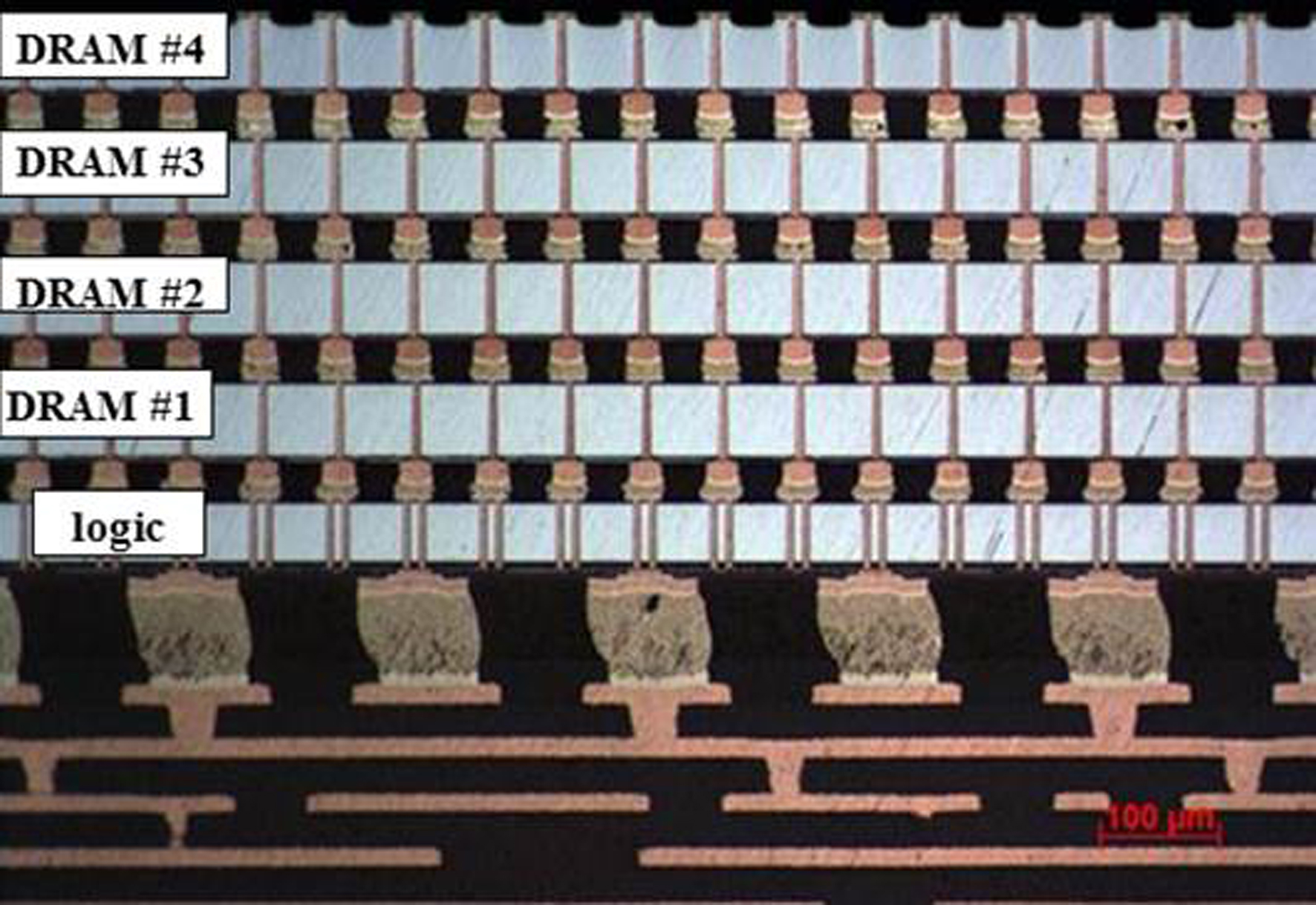New methods for reliable microelectronics: International experts meet in Halle
In microelectronic elements, an increasing number of individual chips, sensors, diodes and other components are combined in the smallest space, to enable higher processing power or greater storage capabilities. At the same time, microdiagnostics methods must be permanently developed further: This ensures that the necessary reliability is preserved despite increasing complexity and miniaturization of the components. On 26 and 27 April, around 150 international experts will be presenting new results on this in a workshop at the Fraunhofer Center for Applied Microdiagnostics CAM in Halle (Saale). Within the scope of the workshop the starting signal will also be given for the extension of the Fraunhofer CAM.


»The smaller a chip is the more efficient it is. This is why, in modern chips, many millions up to several billion individual transistors are already accommodated on a few square millimeters. They are no longer built up on one level, but in three-dimensional architectures with sacked chips. This poses an enormous challenge for microdiagnostics«, said Frank Altmann, head of the semiconductor diagnostics group of the Fraunhofer CAM and organizer of the workshop.
Because finding a possible error in such complex structures, for example, a broken contact or an individual defective transistor, requires high-resolution diagnostics methods and precise knowledge of the components and the materials used. During the workshop, which is being held in Halle for the sixth time, top international researchers and experts from industry will present new approaches to solving these issues. This year the focus is on further development of diagnostics methods and equipment. The CAM workshop will be accompanied by an exhibition, in which manufacturers of analysis equipment present their latest products.
Ingrid de Wolf of the Interuniversity Microelectronics Centre (IMEC) in Leuven, Belgium, will be giving an overview of 3D bonding and assemblies at the opening of the conference. In a further keynote, Jörg Krinke of Robert Bosch GmbH will be discussing challenges of multi-chip modules. At the workshop, results from the current »Smart Analysis Methods for 3D Integration in Advanced Microsystems and Corresponding Materials (SAM3)« research project will also be presented for the first time. In this project the Fraunhofer CAM is working with ten companies and research facilities in France and Germany on new methods for failure analysis of highly integrated »System-in-Package« components. The work of the Fraunhofer CAM is the German Federal Ministry of Education and Research.
»In am very pleased that once again we have managed to bring numerous representatives of leading industrial companies and renowned research facilities to Halle. We would also like to use the opportunity to celebrate our 25th anniversary with you and provide an overview of the future focal areas of the Fraunhofer CAM«, said Prof. Matthias Petzold, head of the Fraunhofer CAM. The Fraunhofer-Gesellschaft has been active in Halle since 1992; the research work on the reliability of microelectronics forms a central core of the present-day Fraunhofer Institute for the Microstructure of Materials and Systems IMWS, to which the Fraunhofer CAM belongs.
The research facility will be even better equipped for the future: In his message, Dr. Jürgen Ude, State Secretary in the Ministry of Economy, Science and Digitization of the State of Saxony-Anhalt, symbolically hands over the foundation stone for the extension of the Fraunhofer CAM. New laboratories, offices and seminary rooms covering a total area of 770 m2 will be built with an investment of 9 million euros. Half the investment comes from funds of the European Fund for Regional Development (EFRD), in addition to which, federal and state funds, each for 25 percent of the costs, will be provided. »Through the extension we are creating ideal opportunities for the development of high-tech products from Saxony-Anhalt. For example, in the use of microelectronics for autonomous driving; with the new facilities the Fraunhofer CAM can develop its excellent position and, together with companies from the region, can provide important impetus«, emphasized Ude. The construction work is due for completion at the end of 2018.